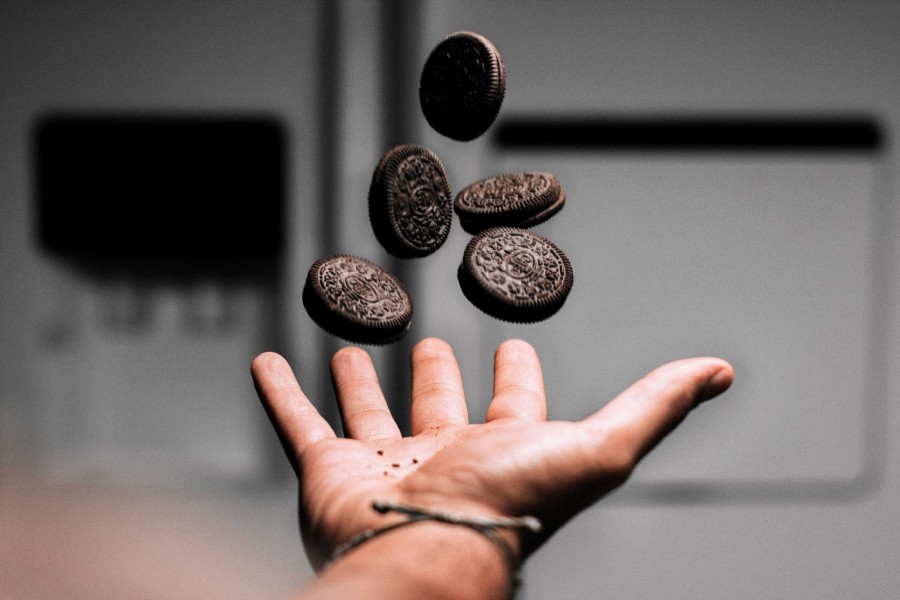We all are aware of the advertisement pattern of distinctive brands. They examine a vital, ordinary habit they notice in their consumers and turn it into a ritual that everyone knew about. Brand rituals are practices, routines, or rites tied with a particular trade name. Rituals differ from customs in that they are meaningful and metaphorical rather than predictable. They are caused to engage everyone with our subconscious selves so that we are not overpowered by ordinary routine. They are invaluable to brands as they may heighten their appeal. Clients are also provided with a sense of connection and worth. Rituals include a soothing change from the monotony of typical life and infuse actions with sentiment. Most crucially, they significantly simplify our complex and confusing environment by providing route and a sense of contentment.
CAN RITUALS MAKE FOOD TASTE BETTER?: With a series of 4 studies involving chocolate, lemonade, and carrots, a marketing professor and a bunch of academics set out to answer this issue. In the first experiment, individuals who followed a given ritual perceived the chocolate to be more flavourful, valuable, and suitable of savouring than those who did not accept the process. These findings were further reinforced by exchanging carrots for chocolate. Second experiment suggested that random signs do not cause the similar effect on consuming as routine moves. It was also proven that prolonging a process until the moment to savour it improves pleasure. The third experiment found that viewing others execute the ritual isn't enough to improve outcomes; engagement is necessary to receive the perks of ritual. This was proven by brewing lemonade in a planned, ritualistic form rather than perceiving others do it. Ultimate experiment demonstrated the key process directly: rituals increase consuming delight by eliciting increased participation in the event.
A DEEP SOURCE OF COMPETITIVE ADVANTAGE!: The gap between consumption habits and consumer rites is quite thin. The emotional basis of rituals is quite profound. Consumer rituals are used by the advertising industry to interact with and catch the eye of consumers. A hair-oil commercial, for example, exploits the mother-daughter habits of applying oil. They provide plenty of authenticity in how we encounter life, from specific events through festivals, weddings, graduations, and even plain, daily chores. Rituals provide a sense of belongingness to us, while also nostalgia and familiarity. Candles on a birthday cake, a special lunch to honor a milestone or a particular day, or the simple act of the gift giving and receiving are all examples of rituals that may make things more enjoyable. Classical taste and scent modifiers, celebrity advise, and image solidity of these factors may generate a product, whether appetizing or not, more tempting to a consumer. But another factor may improve the appeal of practically any commercial product. This unique non-physical intensifier attends a ritual that includes an increased level of satisfaction to the usage rate cycle. Rites can be part of a product's general marketing strategy and image, or they might appear out of nowhere in one of the brand's ads.
Consumer rituals may be studied, used, and measured to gain a significant comparative benefit if they are actively and strategically integrated into brand strategy and execution. Because of competitive advantages in technology and processes, a manufacturer may work on developing and delivering a product or service at the lowest competitive cost, yet while expanding his productivity. If the entry barriers are low, someone with identical technology and processes can easily step in and challenge a preexisting manufacturer, diminishing his profits, taking over his business, or knocking him out of business. In today's environment, a brand's emotional bond with its customers is the most strategic entrance barrier.
Global corporations can afford to purchase and flood many channels with their commercials and messaging, ensuring that their products are consistently at the forefront of their customers' minds. They also believe that bombarding a consumer with constant exposure to they're messaging would obliterate all other options, forcing them to buy their product by default. This becomes an Achilles' heel for these big-budget rivals as well. In advanced economies such as the United States, study data show that big-budget competitors are losing market share and more critically, profitability share, while smaller, agile companies that focus on the emotional connection and relationship with their customers are able to expand successfully. Consumers are embracing innovative routine in the modern "low-touch" world as a result of the coronavirus epidemic. This causes marketers with risks as well as an once-in-a-lifetime prospect to bond more closely with customers.
Nushakha Israt is a student of Marketing, Jahangirnagar University.


